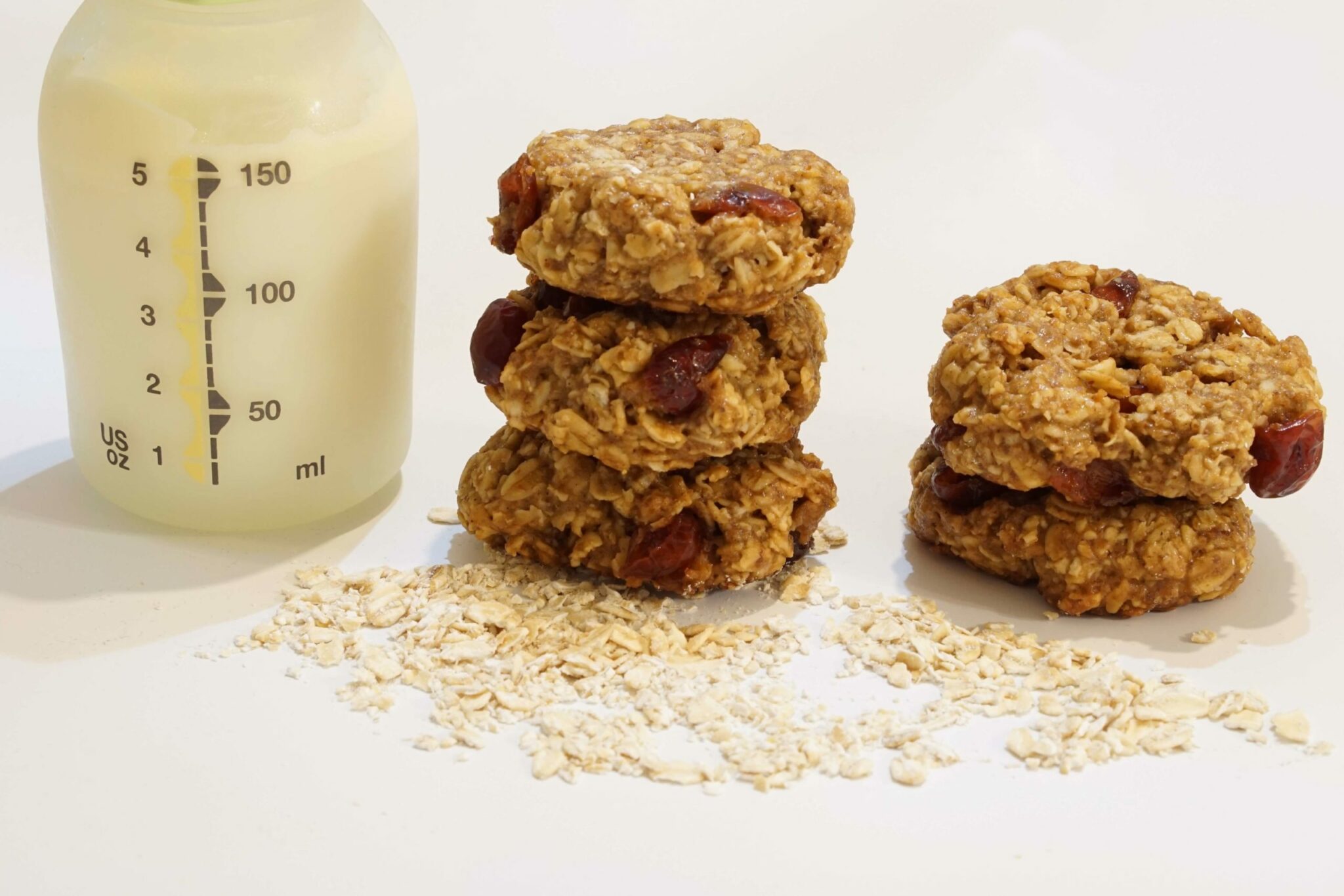Benefits of Breastfeeding: The Development of the Baby gut Microbiome


The human microbiome refers to the population of microorganisms that colonise the body, working in synergy with the cells to support normal health and development. The community of microbes is vast; there are believed to be over 100 trillion variants, including bacteria, viruses, fungi, protozoa and parasites. As such, the development of the human microbiome is a highly complex process that takes approximately 3 years. As a dynamic system, the microbiome is constantly changing in response to external stimuli and internal requirements; however, the most dramatic changes occur during infancy and early childhood as the microbiome is becoming established. This is known as the ‘critical window’ of development and can have a substantial impact on health later in life.
The Gut Microbiome
Microbes are present in the skin, the oral cavity and within the urogenital tract. However, the gut is the site at which they are most abundant and diverse. There is a high degree of interindividual variation, however, an effective microbiota population should be protective, metabolic and trophic. Increased diversity correlates with enhanced protection, as the microbiome provides a barrier against the proliferation of pathogenic organisms (i.e. those that are capable of causing disease in their host). The gut microbiome is also involved in the metabolism and digestion of food and the breakdown of toxins. Trophic functions include the maintenance of the local and systemic immune system. The gut microbiome is involved in the bidirectional communication between the Central Nervous System (CNS) and the gastrointestinal system; this is known as the brain-gut axis.
In newborns, the gut microbiome may play a role in brain development, with preliminary studies indicating that perturbations of the gut microbiota colonisation and maturation might influence cognitive ability and possibly contribute to mood disorders later in life.
Furthermore, a well developed gut microbiome provides essential vitamins, such as vitamin K2, which is important for bone and heart health, and the group B vitamins, including folate, riboflavin and niacin, all essential for cell growth and metabolism. This demonstrates how important the gut microbiome is for maintaining multi-system health benefits across the body as a whole.
A stable and healthy gut homeostasis requires a balance where ‘good’ bacteria are present in sufficient numbers to provide protection against harmful pathogenic ‘bad’ bacteria and other infectious agents. An imbalance, or dysbiosis, can occur if the ratio of good:bad bacteria isn’t optimal to provide protection to the host.
What Influences the gut Microbiome of a Baby?
The gut microbiome of a newborn is less diverse than an adult; the first three years of life are critical for complete colonisation. Many factors contribute to this colonisation, including maternal factors, such as stress, infection and obesity during pregnancy. However, the major factors that contribute to the newborn microbiome structure are mode of delivery, antibiotic exposure and feeding patterns.
Mode of delivery refers to whether the baby is delivered vaginally or via Caesarean section (C-section). Babies delivered vaginally receive vertical transmission of the mother’s vaginal microbes as the baby passes through the birth canal. In contrast, babies delivered via C-section receive horizontal transmission of bacteria, predominantly from the surface of the mother’s skin. The vertically transmitted microbes are generally considered to be more health protective and diverse, when compared to those transmitted horizontally. Which suggests that, all being well, a natural birth is preferred over a C-section for development of an optimal microbiome in the newborn. Obviously, this is not always possible and there are cases when surgical intervention is unavoidable.
Antibiotic exposure can refer to in utero exposure, if the mother takes antibiotics whilst pregnant. Postnatal exposure can occur if the baby is prescribed antibiotics within the first few weeks of life, or if the mother takes them whilst breastfeeding. Antibiotics can kill ‘good’ bacteria, reducing the diversity of the gut flora, and causing dysbiosis. There is the suggestion that probiotic supplementation may counteract some of this imbalance. However, there are natural means of recovering gut microbiome balance in adults such as the consumption of foods containing active cultures, for example, yoghurt and cider vinegar.
The Benefits of Breast Milk
The diet of a newborn is considered by many to be the predominant factor that influences the gut microbiome. The type of microbes found in the guts of newborns vary significantly depending on whether they were breastfed or formula fed. In general, clostridium numbers are lower in breastfed infants. Clostridium is a bacteria with over 100 species, including clostridium difficile and E.coli; it can be pathogenic in nature, causing gastrointestinal issues. Infants who were exclusively fed formula were found to have higher levels of clostridium difficile and E.coli, than breastfed infants, potentially resulting in negative health implications later in life. For example, it has been suggested that higher levels of clostridium difficile and E.coli in the microbiome of a newborn, correlates with an increased risk of developing eczema, allergies and atopic dermatitis as the baby grows. Further work is required to validate this finding. Breastfeeding has also been shown to promote the proliferation of beneficial bacteria.
Gut colonisation during the first six months of an infant’s life has a substantial impact on their future health status. This is one reason why the World Health Organisation encourages all mothers to exclusively breastfeed for the first six months.
Breast milk contains between 100 and 10,000 viable bacteria per milliliter and these change over time as the infant’s requirements alter, so that as the baby’s microbiome evolves, the microbes present in the breast milk change accordingly. Colostrum, which provides the baby with all the necessary nutrients in the first few days of life, has a more diverse microbiota than mature milk.
The differences in the microbiota composition of breastmilk and formula milk are fairly extensive. Breast milk is rich in Human Milk Oligosaccharides (HMOs), which are a type of sugar that is absent from most formula milk. HMOs are considered to be one of the major factors that contribute to the differing gut microbial environments in breastfed infants compared to formula fed infants. HMOs exhibit prebiotic activity in the gut, potentially enhancing the development of the immune system. They also act as selective antimicrobials, preventing the proliferation of certain bacteria, but favouring other beneficial bacteria.
With weaning and, more importantly, cessation of breastfeeding comes maturation of the gut microbiome. If colonisation has been inadequate up to this point, the risk of health problems as the child grows and enters adulthood is increased. One simple way to increase the likelihood of complete colonisation is to breastfeed; this is particularly important for those mothers who have had to undergo a C-section, as their baby’s gut microbiome may already be slightly compromised.
Are you worried about gut microbiome, try our At-Home lactation consultation for help.
Nabta is reshaping women’s healthcare. We support women with their personal health journeys, from everyday wellbeing to the uniquely female experiences of fertility, pregnancy, and menopause.
Get in touch if you have any questions about this article or any aspect of women’s health. We’re here for you.
Sources:
- Amon, P, and I Sanderson. “What Is the Microbiome?” Archives of Disease in Childhood – Education and Practice, vol. 102, 2017, pp. 257–260., dx.doi.org/10.1136/archdischild-2016-311643.
- Bäckhed, F, et al. “Dynamics and Stabilization of the Human Gut Microbiome during the First Year of Life.” Cell Host & Microbe, vol. 17, no. 5, 13 May 2015, pp. 690–703., doi:10.1016/j.chom.2015.04.004.
- Chiu, Chih-Yung, et al. “Gut Microbial Dysbiosis Is Associated with Allergen-Specific IgE Responses in Young Children with Airway Allergies.” World Allergy Organization Journal, vol. 12, no. 3, 25 Mar. 2019, p. 100021., doi:10.1016/j.waojou.2019.100021.
- Guarner, Francisco, and Juan-R Malagelada. “Gut Flora in Health and Disease.” The Lancet, vol. 361, no. 9356, 8 Feb. 2003, pp. 512–519., doi:10.1016/s0140-6736(03)12489-0.
- Rowland, Ian, et al. “Gut Microbiota Functions: Metabolism of Nutrients and Other Food Components.” European Journal of Nutrition, vol. 57, no. 1, 9 Apr. 2017, pp. 1–24., doi:10.1007/s00394-017-1445-8.
- Stewart, C J, et al. “Temporal Development of the Gut Microbiome in Early Childhood from the TEDDY Study.” Nature, vol. 562, no. 7728, Oct. 2018, pp. 583–588., doi:10.1038/s41586-018-0617-x.
- Van den Elsen, L W J, et al. “Shaping the Gut Microbiota by Breastfeeding: The Gateway to Allergy Prevention?” Frontiers in Pediatrics, vol. 7, no. 47, 27 Feb. 2019, doi:10.3389/fped.2019.00047.
- Yang, I, et al. “The Infant Microbiome: Implications for Infant Health and Neurocognitive Development.” Nursing Research, vol. 65, no. 1, 2016, pp. 76–88., doi:10.1097/NNR.0000000000000133.













































